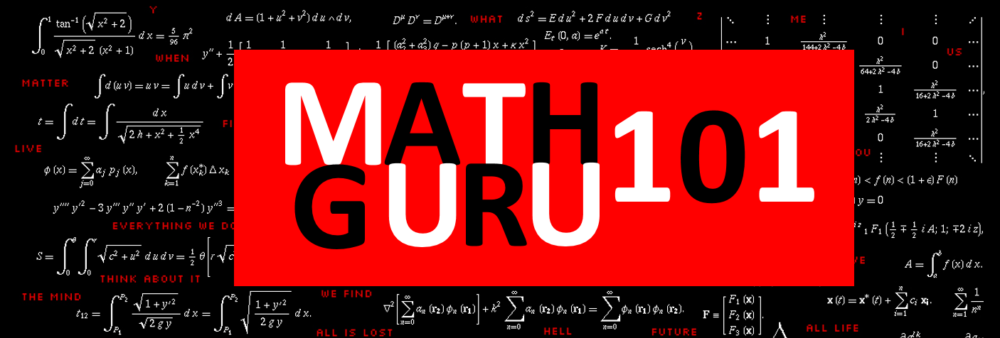In number theory, Chebyshev’s bias is the phenomenon that most of the time, there are more primes of the form 4k + 3 than of the form 4k + 1, up to the same limit. This phenomenon was first observed by a great Russian mathematician Pafnuty Chebyshev in 1853 and named after him.
This has been proved only by assuming strong forms of the Riemann hypothesis – the fundamental unproven hypothesis of the number theory. Thus, Chebyshev’s bias remains unproven for over 150 years and will remain so till Rieman hypothesis will be proved.
The current reseach in this area is concentrated in finding sign-changing zones for cumulative remainders as well as looking for prime races for the quotients other than 4.
